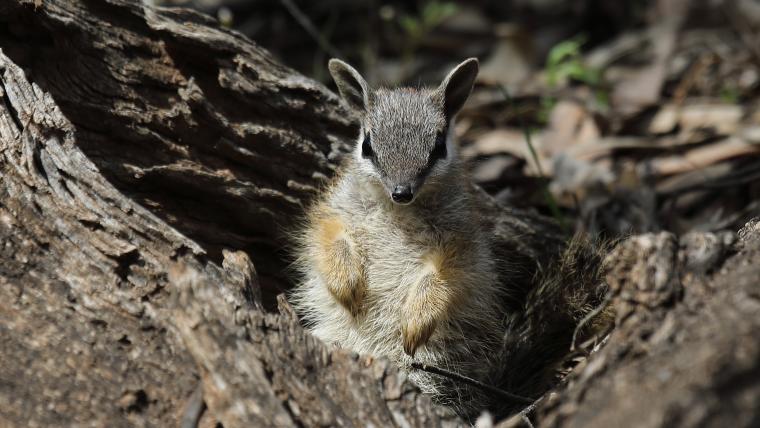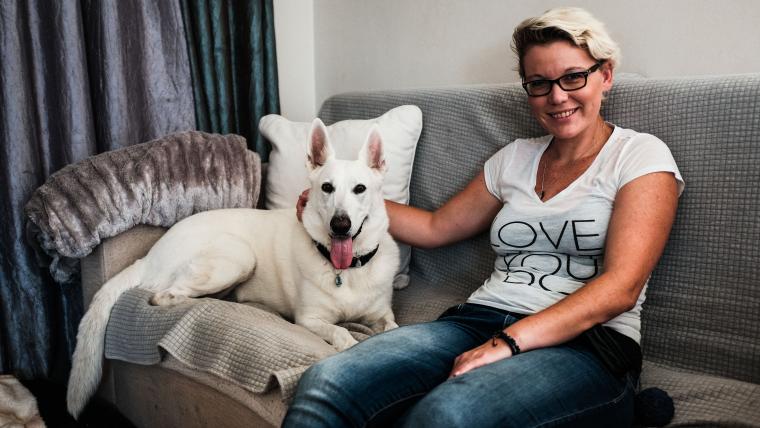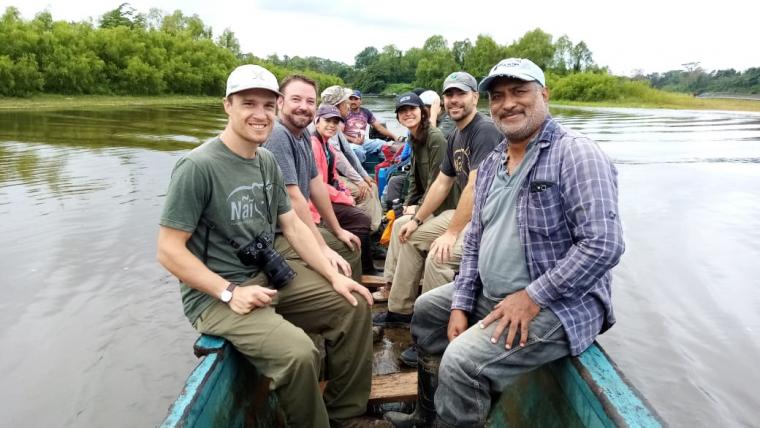
The unlikely task force conserving Australia’s numbats
A former stonemason from Britain and an Australian meat truck driver wouldn’t seem to have much in common. But John Lawson and Robert McLean have found a shared passion in one of Australia’s most unusual marsupials – numbats. Together, Lawson and McLean form part of the Numbat Task Force to protect this endangered species in the Dryandra Woodland.
Once a common sight across southern and western Australia, the numbat population has dramatically decreased to approximately 1 000 in the wild. Through regular photographic documentation of the species, the Numbat Task Force has been essential to the understanding and protection of the Dryandra population. Hunted by feral predators like cats and foxes, there were only five recorded numbats in Dryandra in 2018. Keeping track of individual numbats and their wellbeing allows for more accurate data on their populations. Conservation efforts have been successful in the area, and with the help of the task force, 35 numbats were recorded in 2020.
The increasing number of numbats in the area is in large part due to the implementation of fenced-off areas where feral predators cannot get in. In 2015, the Numbat Task Force campaigned against the implementation of a rubbish tip just six kilometres away from Dryandra. The tip would have invited predators into the area and put the lives of numbats at risk. For their work, they won the 2018 Australian Geographic Conservationist of the Year Award. The Numbat Task Force has even been involved in wildlife documentaries, and are a major contributor to Project Numbat.
This dedicated team is ensuring that the numbat species outlasts their generation. “Our biggest dream would be if our kids could come here and see numbats, our grandkids” McLean says. “And we’re going to make sure that’s going to happen,” Lawson adds. With numerous animals close to extinction, it’s up to us to protect them. “It’s important for everybody to see themselves as conservationists,” McLean says. “We’ve all got to play a part.”






























Please sign in to leave a comment